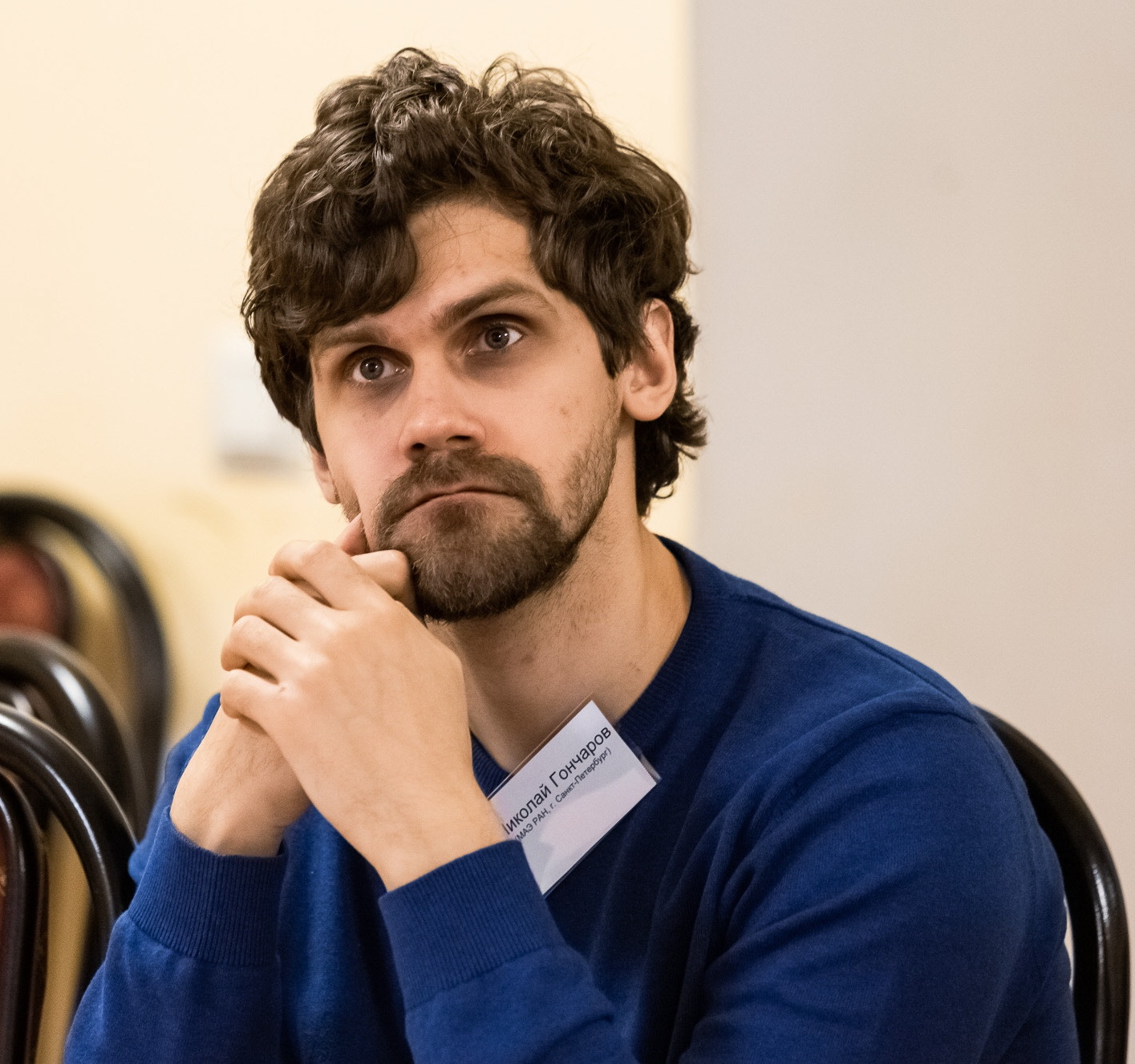The article, based on field materials collected by the author in the Nizhnekolymskii district of Yakutia, describes the current state of the ideas of the indigenous peoples about such a socio-cultural phenomenon as the rebirth of souls. Respondents of the study are representatives of different peoples: Even, Yukaghir, Chukchi, Sakha peoples, who constitute a single group within the framework of the issue under consideration, since the narratives they set out have many similar structural and content elements. At present, ideas about the reincarnation of souls in the Lower Kolyma continue to exist, despite significant changes (fortune-telling and turning to shamans fell out of practice, a differentiated animistic picture of the world, which Johelson and Bogoras wrote about, was not revealed). All narratives are characterized by the presence in the family and community where the child is born, people who knew and / or remember the person whose soul moves into the newborn. Recognition most often does not occur instantly, it involves a long-term actualization of social ties, close observation of a child in a multi-layered space. It takes time, memory and the ability to see the past in the present. Through the interweaving of the field of relations, the context of connections (relations) is realized, in which ideas about the soul acquire their form, place and function. This statement can be an addition to the relational approach proposed by R. Willerslev and M. Pedersen, who ignored the aspect of the gradual formation of space, in which animistic categories appear. The time gap formed in the process of recognition demonstrates a specific manifestation of time – the entry of the past into the present and the realization of multi-vector temporality in space.
Keywords: Yakutia, Nizhnekolymskii district, Yukaghir, Chukchi, Even, Sakha, reincarnation
DOI: 10.22250/20728662_2022_2_41
About the author
 |
Nikolai S. Goncharov – Junior Researcher, Department of Ethnography of Siberia, |






